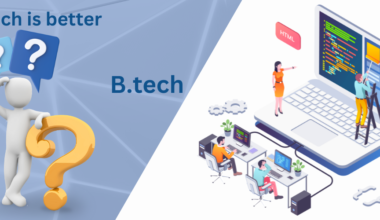Initially developed in the late 80s by a well know person, Guido van Rossum, Python is currently in its third version, released on December 3, 2008, although the second version originally released in 2000 is still in common usage.
Technologically, Python is an object-oriented, a general-purpose, high-level, interpreted programming language with integrated dynamic semantics which can be used for a wide variety of applications (primarily for web and app development). It is exceptionally striking in the field of Rapid Application Development because it provides dynamic typing and dynamic binding options.
Python includes a variety of modules and different packages, which supports program modularity and code reusability. The Python interpreter and the large standard library are available in source or binary format without any charges for all most important platforms and can be freely distributed.
Python is a highly effective language for new comers, the reason being its readability and other structural elements designed to make it very easy to understand and manipulate. Python is not just limited to basic usage but is used to develop GUI based applications also.
Python is not proposed to work in a special area such as web programming. That is why it is known as multipurpose because it can be used with the web, enterprise, 3D CAD etc.
We don’t need to use data types to declare variable because it is dynamically typed so we can write a=10 to assign an integer value in an integer variable.
Python makes the development and debugging fast because there is no compilation step included in python development and edit-test-debug cycle is very fast.
Some Features of Python
Python provides plenty of features that are listed below.
1) Easy to Learn, Use & Expressive Language
Python’s simple, easy to learn syntax emphasizes readability, versatile scripting language and therefore we can say that it is a developer-friendly programming language.
2) Interpreted Language & GUI Programming Support
It is an interpreted language i.e. programs written in Python don’t need to be compiled in advance in order to run. This makes debugging easy. Graphical user interfaces can also be developed using Python.
3) Platform Independent Language & Free and Open Source
Python can run unstoppably on different platforms such as Windows, Linux, Unix, and Macintosh etc. It is freely available at Python’s official website. The source-code is also available hence, it is open source.
4) Support of Multiple Programming Pattern
Python supports multiple programming patterns, including object-oriented, imperative and functional or procedural programming styles.
5) Extensible, Easily Integrable & Large Standard Library
Python can be easily integrated with languages like C, C++, JAVA etc. It implies that it can be used to compile the code. It also has a large and extensive library and provides rich set of modules and functions to the programmers.






